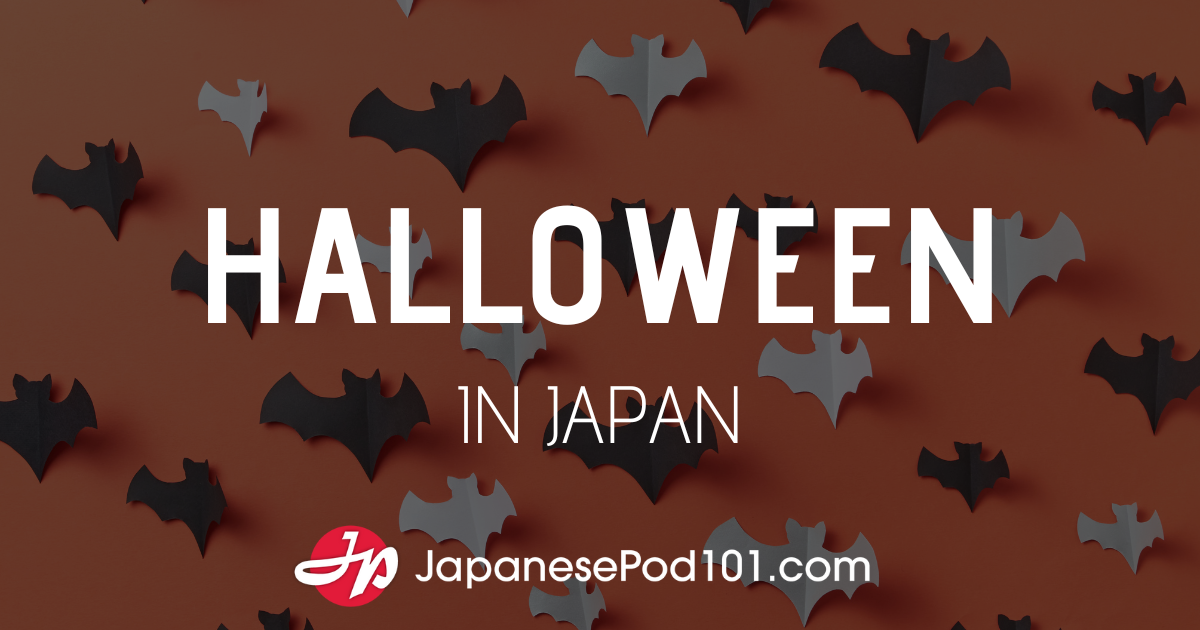| Quick Links Welcome to Kanji Curiosity | The Basics | Glossary |
The contest results are in! Although I predicted that the high score might be 2 or 3 correct out of 8, I couldn’t have been more wrong! Out of 45 contestants, an astounding 21 had perfect scores! And it’s not as if the questions seemed easy to people; many spent two to three hours on research. What a motivated, ambitious group! Can it be that they simply wanted a copy of Crazy for Kanji? Or do they love kanji as much as I do?
Even a self-identified kanji newbie spent several hours on the questions, getting many of them right. This impressed me enormously, because doing kanji research is no small task. Knowing how to look for answers is most of the battle, and that knowledge comes from years of experience and many battle scars!
Answers to the Contest Questions …
JPodjin: A Composite Portrait
This is my 100th Kanji Curiosity blog (counting the 6 I did on my own website before posting any on JPod). If that’s something to celebrate, then this contest was the perfect way to celebrate it. As answers poured in from around the world, along with kind notes about how much fun it was to solve the ultra-challenging questions, I realized that I’d found my community! I feel even more fulfilled than when I hosted the Festival of Kanji, and a month ago I didn’t think that was possible! The festival was a dream come true, particularly because I finally shared my passion for kanji with people in my life. But almost none of the guests felt that passion first-hand. With this contest, I’ve now had the opportunity to meet other kanji enthusiasts. Some of them even say they’ve been reading the blog avidly, though I never suspected a thing!
I’d never really known what JPodjin (JPod人) were like, aside from whatever I could glean from comments in the main section of the website. (I’m always peering wistfully over the “wall,” seeing what actual discussion might look like!) But through all the contest-related correspondence—more than 200 emails!—a composite portrait emerged. I didn’t get the scoop on everyone who submitted entries, but here’s what I did discover.
The JPod crowd tends to be college-aged, give or take a few years. I was stunned to learn that one extremely mature-sounding contestant from Denmark was still in high school!
They’re a bright, knowledgeable bunch. Daniel Tse, an Australian pursuing a doctorate in computational linguistics, has mapped out kanji patterns to such a deep, methodical degree that our exchanges made me feel like a kanji newbie.
The JPod population is incredibly diverse and multicultural. The 21 winners live in 9 countries, ranging from Iceland to Vietnam! For a list of names and a geographic breakdown, see the link.
The Winners and Their Whereabouts …
I say “multicultural” not only because the contestants were so far-flung but also because many of them have left their countries of origin. And I don’t just mean the four Westerners in Japan. I’m also talking about an Italian in Germany, a German in England, and a Russian in Iceland. (Did you think I was going to say Russians in Afghanistan?)
And what polyglots these people are! Many wrote to me in amazingly good English, even when English appears to be just one of four or more languages that they speak proficiently. The Danish high schooler apologized for the state of her English, but it was impeccable! JPodjin are modest in a way that’s rare and extremely appealing. I also found them to be warm and gracious, particularly after they had won (!), but even before that.
A Cherry Blossom Haiku
One discovery moved me so much that I’ve decided to anchor future blogs around it. Alberto Sanz of Spain, a winning contestant and a haiku enthusiast, showed me a beautiful haiku calendar that he made for his Japanese wife. Here’s the page for this month:

Alberto has translated the haiku gracefully into both Spanish and English. That’s no small feat. Translating a haiku (as I’ve now learned from him) requires a deep understanding of the poet’s background and circumstances, as well as the mood that inspired the haiku. And that knowledge plays a significant part in the words a haiku translator chooses. I’m excited to keep learning such things, and I’m pleased to be able to share one page with you on the first Friday of every month, using the haiku as a springboard for discussing particular kanji.
夜桜やうらわかき月本郷に
Yozakura ya urawakaki tsuki Hongō niCherry blossoms at dusk.
A crescent moon
over the youthful Hongō.
And here’s a breakdown of the kanji and difficult words (which is to say most of them!):
夜桜 (yozakura: cherry blossoms in the evening)
night + cherry blossom
や (ya: a grammatical separator that prepares readers for what’s
about to follow, rather as “oh!” does)
うらわかき (urawakaki: very young)うら- (ura-: very)
This prefix attaches to just a few adjectives. Another example is うら寂しい (urasabishii: very lonely).
わかき (wakaki: young)
This is an old, literary form of 若い (wakai: young). We recently saw how the い at the end of adjectives often appears as き in old, literary forms.
月 (tsuki: moon)
本郷 (Hongō: a Tokyo district famous for being a student quarter)
main + villageCountless Japanese towns have districts called 本郷. This term refers to the main part of a village. The Tokyo district with this name is home to several universities, including a branch of Tokyo University.
Next week I’ll share Alberto’s information about this haiku. I’ll also focus on 郷 (KYŌ, GŌ, sato: neighborhood; village; countryside). We’re almost out of time today. But I thought you might enjoy knowing a little more about 桜, the second kanji in the haiku.
Ways to Eat 桜
The kanji 桜 (Ō, sakura: cherry tree, cherry blossom) doesn’t factor into many words, but I’ve found some for you, and if you’re hungry, you’re in luck, because they’re edible!
桜ん坊 (sakuranbō: cherry) cherry tree + term of endearment
Whereas 桜 (sakura) refers mainly to a cherry tree or to its blossoms, 桜ん坊 is the word for the actual fruit. As a suffix, -坊 means “term of endearment,” as I believe to be the case here and as we’ve seen before. (Another example is 赤ん坊, akanbō: baby, red + term of endearment.) In these words, the final sound often appears in hiragana. In fact, it’s common to write the whole word for “cherry” in hiragana. When that happens, the final sound becomes bo, not bō! That is, one writes “cherry” as さくらんぼ (whereas “baby” can be あかんぼ or あかんぼう). Confusing, huh?!
桜漬け (sakurazuke: pickled cherry blossoms)
cherry blossom + to pickleYum??? I’m not so sure! The second kanji, 漬, also shows up in 漬け物 (tsukemono: pickles, to pickle + thing).
A side note on pickles: a friend of mine translated a whole book about Japanese pickles!
Back to the topic of 漬, we’ve also encountered this character in the word 漬かる (tsukaru: to be immersed) during a discussion of language immersion. So there’s a connection between pickling and immersion. Maybe language study pickles the brain!
A third edible (or questionably edible) version of 桜 appears in the Verbal Logic Quiz. Bon appetit!









